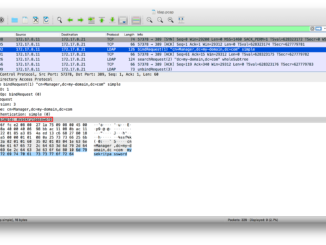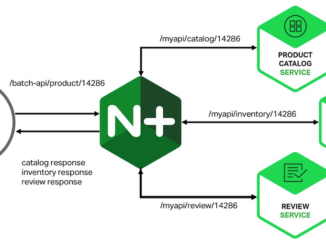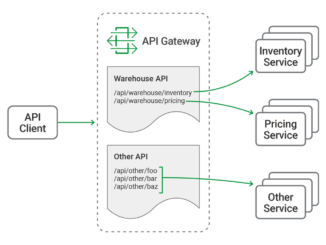
PCI DSS Best Practices with NGINX Plus
PCI DSS Best Practices with NGINX Plus p.indent { padding-left: 30px; } The Payment Card Industry (PCI) Data Security Standard (DSS), or PCI DSS, is a certification standard for protecting consumer’s credit card numbers and other personal data. It’s easy to implement PCI DSS best practices with NGINX Plus. This blog post tells you how. Moving from SSL to the Latest Version of TLS Secure Sockets Layer (SSL) is dead, and has been for more than a decade. In 2015 the PCI Security Standards Council officially declared it so and published an advisory on moving to the latest versions of Transport Layer Security (TLS), the protocol that supersedes SSL. Here’s the executive summary: For over 20 years Secure Sockets Layer (SSL) has been in the market as one of the most widely used encryption protocols ever released, and remains in widespread use today despite [ more… ]




